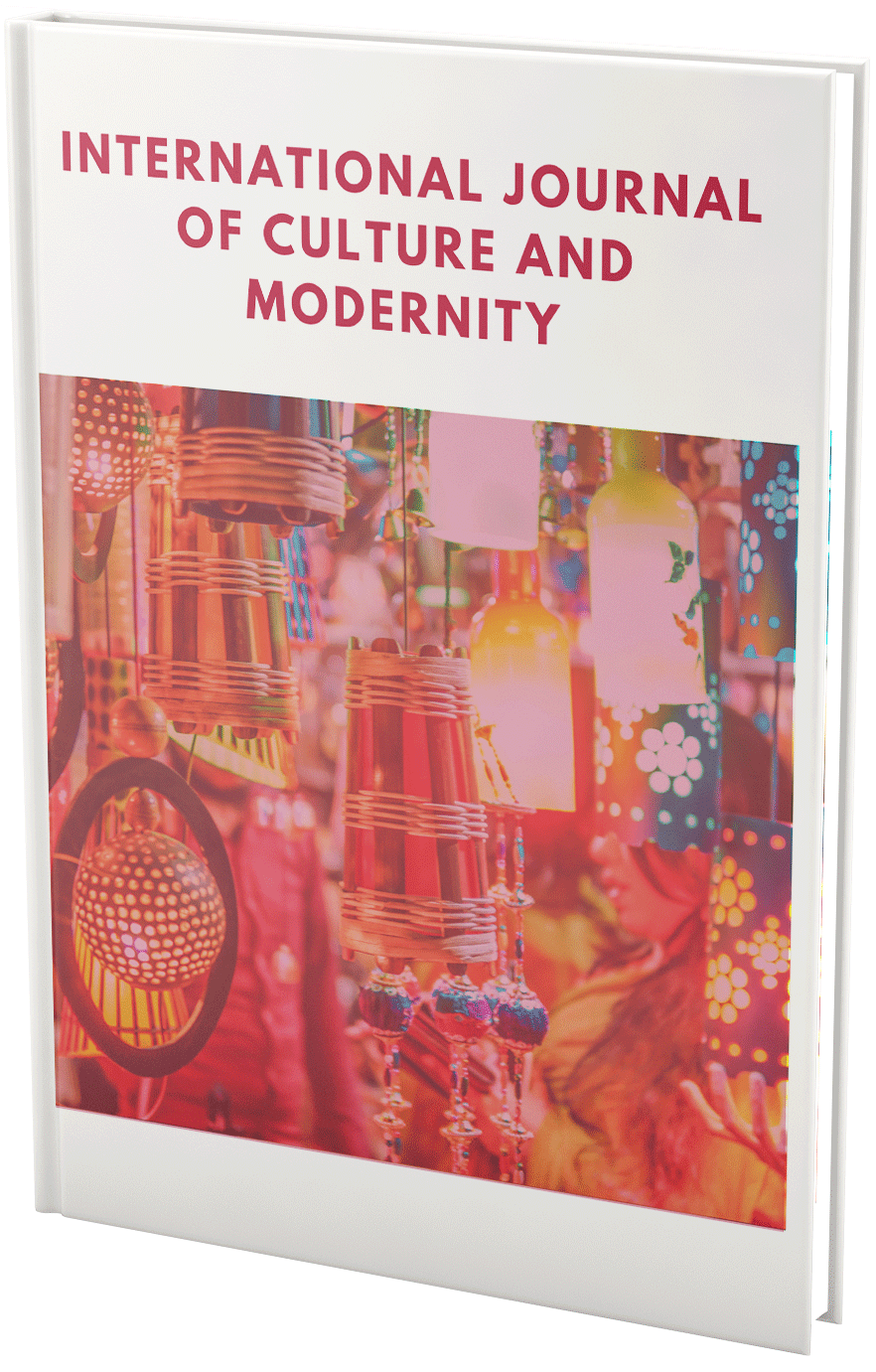Takhrij and Syarah Hadith of Chemistry: Water and Fire as the Sustainer of Life
DOI:
https://doi.org/10.51699/ijcm.v2i.20Keywords:
Hadith, Syarah, Takhrij, Water and FireAbstract
The purpose of this study is to discuss the hadith of the Prophet Muhammad ﷺ about how water and fire became the basis of the change of civilization. This research method is qualitative through the approach of takhrij and syarah hadith with the analysis of energy materials. The results and discussion of this research are to prove that the Prophet Muhammad ﷺ once said that humans will be connected to water and fire, and evidenced by the presence of hydroelectric power plants which are the largest suppliers in the manufacture of electrical energy for life. This research concludes that the hadith about water and fire is of poor quality according to the takhrij of the hadith, but this hadith has a lot of support from other hadiths of authentic quality and the hadith syarah explains the basics of water and fire for the continuity of life.
References
Chang, R. (2010). CHEMISTRY (10th ed., Vol. 10). McGraw-Hill.
Darmalaksana, W. (2020a). Formula Penelitian Pengalaman Kelas Menulis. Jurnal Ilmiah Islam Futura, 2(1), 1–8.
Darmalaksana, W. (2020b). Penelitian Metode Syarah Hadis Pendekatan Kontemporer: Sebuah Panduan Skripsi, Tesis, dan Disertasi. Diroyah: Jurnal Studi Ilmu Hadis, 5.
Darmalaksana, W. (2020c). Prosiding Proses Bisnis Validitas Hadis untuk Perancangan Aplikasi Metode Tahrij. Jurnal Ushuluddin UIN Sunan Gunung Djati Bandung, 1, 1–7.
Darmalaksana, W., Pahala, L., & Soetari, E. (2017). Kontroversi Hadis sebagai Sumber Hukum Islam. Wawasan: Jurnal Ilmiah Agama Dan Sosial Budaya, 2(2), 245–258.
Dasim, S. M. (2012). Implementasi Pendidikan Karakter Dalam Pembelajaran Sains Di Sekolah Dasar Universitas Pendidikan Indonesia. Thesis, 78–95.
Fajarisman, M. D. (2018). Laporan tugas akhir perancangan pembangkit listrik tenaga air. 133030002.
Ihya, M. S. (2018). Water Management in Hadith Perspective. Journal of Hadith Studies, 1(2), 82–99.
Istijabatun, S. (2011). Pengaruh Pengetahuan Alam Terhadap Pemahaman Matapelajaran Kimia. Jurnal Inovasi Pendidikan Kimia, 2(2), 323–329.
Khalid, M., Syukri, M., & Gapy, M. (2016). Pemanfaatan Energi Panas Sebagai Pembangkit Listrik Alternatif Berskala Kecil Dengan Menggunakan Termoelektrik. Jurnal Komputer, Informasi Teknologi, Dan Elektro, 1(3), 57–62.
Lewerissa, Y. J. (2018). Analisis Energi Pada Perencanaan Pembangkit Listrik Tenaga Uap (Pltu) Dengan Cycle Tempo. Jurnal Voering, 3(1), 23. https://doi.org/10.32531/jvoe.v3i1.85
Manan, S. (2009). Energi Matahari, Sumber Energi Alternatif yang Effisien, Handal dan Ramah Lingkungan di Indonesia. Energi Matahari Sumber Energi Alternatif Yang Effisien, Handal Dan Ramah Lingkungan Di Indonesia, 31–35. http://eprints.undip.ac.id/1722
Soetari, E. (1994). Ilmu Hadits. Amal Bakti Press.
Soetari, E. (2015). Syarah dan Kritik Hadis dengan Metode Tahrij: Teori dan Aplikasi. Yayasan Amal Bakti Gombong Layang.
Susana, T. (2003). Air Sebagai Sumber Kehidupan. Oseana, 28(3), 17–25. www.oseanografi.lipi.go.id
Downloads
Published
How to Cite
Issue
Section
License
Copyright (c) 2021 Abdul Latief Salim Azpar, Tatang Zakaria

This work is licensed under a Creative Commons Attribution 4.0 International License.






